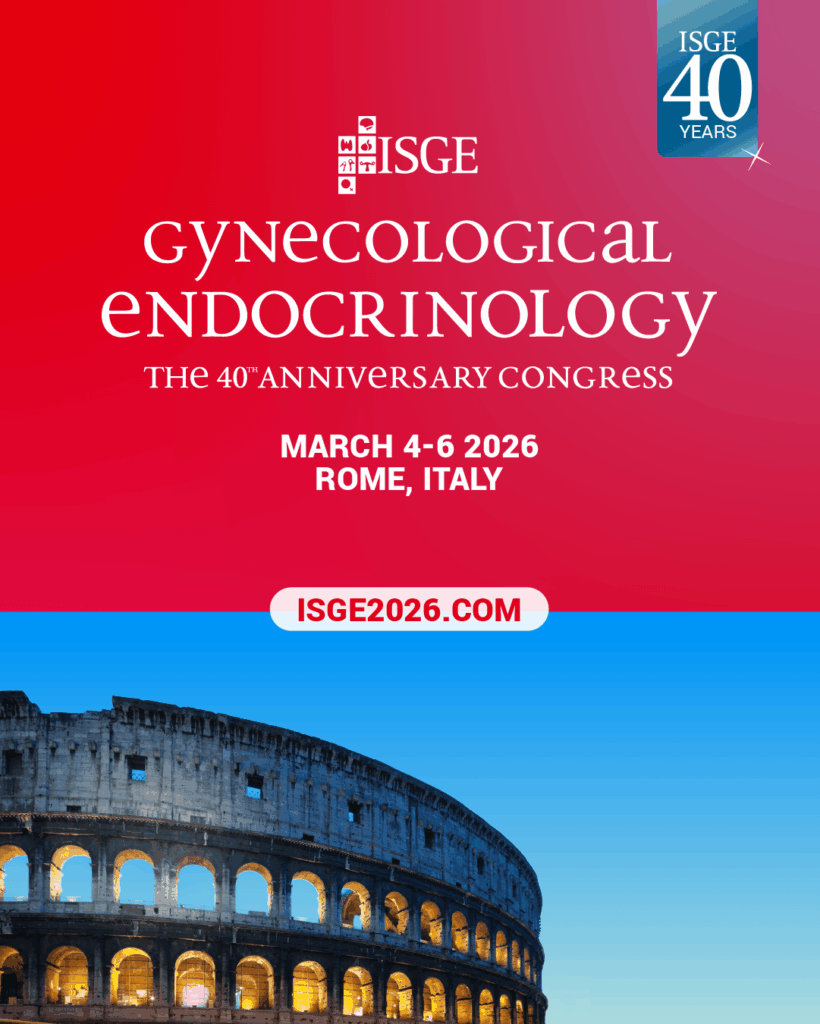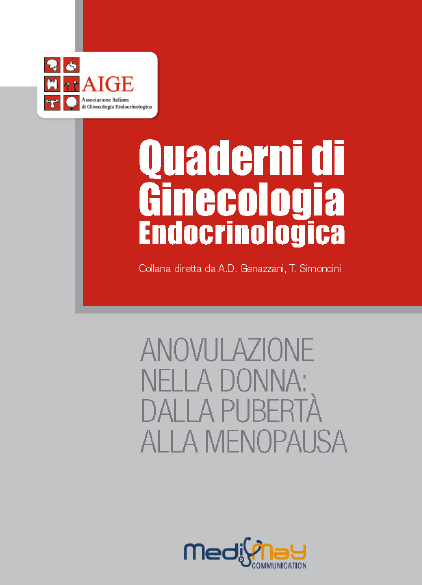-
Khalid Benkhadra, Khaled Mohammed, Alaa Al Nofal, Barbara G. Carranza Leon, Fares Alahdab, Stephanie Faubion, Victor M. Montori, Abd Moain Abu Dabrh, Jorge Alberto Zúñiga Hernández, Larry J. Prokop, Mohammad Hassan Murad
Menopausal Hormone Therapy and Mortality: A Systematic Review and Meta-Analysis
J Clin Endocrinol Metab 100: 4021–4028, 2015Abstract
Objectives: The objective was to assess the effect of menopausal hormonal therapy (MHT) on
all-cause and cause-specific mortality.
Methods: We conducted a comprehensive search of several databases (MEDLINE, EMBASE, Cochrane Central Register of Controlled Trials and Database of Systematic Reviews, and Scopus) from inception until August 2013. We included randomized controlled trials (RCTs) of more than 6 months of duration comparing MHT with no treatment. Pairs of independent reviewers selected trials, assessed risk of bias and extracted data. We estimated risk ratios (RRs) and 95% confidence intervals (CIs) using the random-effects model.
Results: We included 43 RCTs at moderate risk of bias. Meta-analysis showed no effect on mortality (RR 0.99[95%CI, 0.94–1.05]), regardless of MHT type or history of preexisting heart disease. No association was found between MHT and cardiac death (RR 1.04 [95% CI 0.87–1.23]) or stroke (RR 1.49 [95% CI 0.95–2.31]). Estrogen plus progesterone use was associated with a likely increase in breast cancer mortality (RR 1.96[95%CI 0.98–3.94]),whereas estrogen use was not. MHT use was not associated with mortality of other types of cancer. In 5 trials, MHT was likely started at a younger age: 2 RCTs with mean age less than 60 and 3 RCTs with MHT started less than 10 years after menopause. Meta-analysis of these 5 RCTs showed a reduction of mortality with MHT (RR 0.70 [95% CI 0.52–0.95]).
Conclusion: The current evidence suggests that MHT does not affect the risk of death from all
causes, cardiac death and death from stroke or cancer. These data may be used to support clinical and policy deliberations about the role of MHT in the care of symptomatic postmenopausal women -
D. Aled Rees, Sara Jenkins-Jones, and Christopher L. Morgan
Contemporary Reproductive Outcomes for Patients With Polycystic Ovary Syndrome: A Retrospective Observational Study Download
J Clin EndocrinolMetab 101: 1664–1672, 2016Abstract
Context: Polycystic ovary syndrome (PCOS) is the most common cause of anovulatory infertility and may be associated with adverse pregnancy and neonatal outcomes. However, it is difficult to establish how much of this risk is due to PCOS and how much to obesity.
Objective: This study aimed to determine the effect of PCOS upon fertility, pregnancy, and neonatal outcomes.
Design and Setting: Data were extracted from the Clinical Practice Research Datalink (CPRD), a longitudinal anonymized primary care research database in the United Kingdom. Patients with a diagnosis of PCOS were matched to controls (1:2) by age (±1 y), body mass index (_3 U), and CPRD practice. Standardized fertility ratios before and after diagnosis (index date) were calculated. Rates of miscarriage, pre-eclampsia, gestational diabetes, premature delivery, delivery method, and neonatal outcomes were compared.
Results: Nine thousand sixty-eight women with PCOS matched study criteria. Prior to index date the standardized fertility ratio for patients with PCOS was 0.80 (95% confidence interval, 0.77–0.83); following index date it was 1.16 (1.12–1.20). The adjusted odds ratios(95%CI) for miscarriage(1.70; 1.56–1.84), pre-eclampsia (1.32; 1.16–1.49), gestational diabetes (1.41; 1.2–1.66), and premature
delivery (1.25; 1.1–1.43) were all increased compared with controls. Of PCOS births, 27.7% were by Caesarean section compared with 23.7% of controls (1.13; 1.05–1.21). Infants born to mothers with PCOS had an increased risk of neonatal jaundice (1.20; 1.03–1.39) and respiratorycomplications (1.20; 1.06–1.37).
Conclusions: PCOS is associated with subfertility but fertility rates are restored to those of the background population following diagnosis. Pregnancy complications and adverse neonatal outcomesaremoreprevalent forwomenwithPCOSindependently of obesity -
Dominique de Ziegler, Paul Pirtea, Daniela Galliano, Ettore Cicinelli, David Meldrum
Optimal uterine anatomy and physiology necessary for normal implantation and placentation
Fertil Steril 105: 844-854Abstract
The authors review aberrations of uterine anatomy and physiology affecting pregnancy outcomes with IVF. In the case of endometriosis and hydrosalpinx, pathologies outside of the uterus alter the uterine endometrium. In the case of endometriosis, Dominique de Ziegler outlines the numerous changes in gene expression and the central role of inflammation in causing progesterone resistance. With endometriosis, the absence of ovarian function inherent in deferred transfer, with or without a more lengthy suppression of ovarian function, appears to be sufficient to restore normal function of eutopic endometrium. Because laparoscopy is no longer routine in the evaluation of infertility, unrecognized endometriosis then becomes irrelevant in the context of assisted reproductive technology. With hydrosalpinx and submucus myomas, the implantation factor HOXA-10 is suppressed in the endometrium and, with myomas, even in areas of the uterus not directly affected. Daniela Galliano reviews various uterine pathologies, the most enigmatic being adenomyosis, where the endometrium also manifests many of the changes seen in endometriosis and deferred transfer with extended suppression appears to provide the best outcomes. Ettore Cicinelli’s group has extensively studied the diagnosis and treatment of endometritis, and although more definitive diagnosis and care of this covert disorder may await techniques such as sequencing of the endometrial microbiome, it undoubtedly is an important factor in implantation failure, deserving our attention and treatment.
-
Samira Behboudi-Gandevani, Fahimeh Ramezani Tehrani, Marzieh Rostami Dovom, Maryam Farahmand, Mahnaz Bahri Khomami, Mahsa Noroozzadeh, Ali Kabir, and Fereidoun Azizi
Insulin resistance in obesity and polycystic ovary syndrome: systematic review and meta-analysis of observational studies
Gynecol Endocrinol 2016, 32: 343-353Abstract
We aimed at investigating whether insulin resistance (IR)/sensitivity are impaired in obese/non-obese polycystic ovary syndrome (PCOS) and obese/non-obese healthy controls. A comprehensive literature search was performed for observational, English language studies. Meta-analysis was performed with the random effects model according to the heterogeneity. Eligible studies, involving 3037 women in four groups of: 1-obese, PCOS; 2-non-obese, PCOS, 3-obese, non-PCOS and 4-Non-obese, non-PCOS were included. Based on the insulin resistance index (HOMA-IR) analysis, the pooled mean (95% Conf. Interval) of HOMA IR in groups 1–4 were 4.38 (3.84, 4.92), 2.68 (2.16, 3.20), 2.44 (2.06, 2.82) and 1.34 (1.06, 1.63), respectively. Meta-analysis showed that group 1 (obese, PCOS patients) statistically have the highest IR and group 4 (non-obese, non-PCOS women) have the highest insulin sensitivity. Group 2 (non-obese, PCOS patients) and group 3 (obese, non-PCOS women) were between this range and they had lower IR than group 1 (obese, PCOS) and lower insulin sensitivity than group 4 (non-obese, non-PCOS). So, there were statistical differences between all groups except between groups 2 and 3. Insulin sensitivity indexes (quickie and ISI), also confirm the IR index (HOMA-IR) results. Based on different IR/sensitivity indexes, we found no evidence of any different effects of BMI ≥ 30 kg/m2 on IR/sensitivity. In conclusion, PCOS status intensifies the adverse effects of obesity on IR, it has to be appropriately addressed in primary and secondary preventive cares and treatments provided for these women.
-
R. J. Baber, N. Panay, A. Fenton and the IMS Writing Group
2016 IMS Recommendations on women’s midlife health and menopause hormone therapy CLIMACTERIC, 2016 VOL. 19, NO. 2, 109–150 DownloadAbstract
The International Menopause Society (IMS) has produced these new 2016 recommendations on women’s midlife health and menopause hormone therapy (MHT) to help guide health-care professionals in optimizing their management of women in the menopause transition and beyond.
The term MHT has been used to cover therapies including estrogens, progestogens and combined regimens. For the first time, the 2016 IMS recommendations now include grades of recommendations, levels of evidence and ’good practice points’, in addition to section-specific references.
Where possible, the recommendations are based on and linked to the evidence that supports them, unless good-quality evidence is absent. Particular attention has been paid to published evidence from 2013 onwards, the last time the IMS recommendations were updated. Databases have been extensively searched for relevant publications using key terms specific to each specialist area within menopause physiology and medicine. Information has also been drawn from international consensus statements published by bodies such as the IMS, the European Menopause and Andropause Society and the North American Menopause Society. The recommendations have been produced by experts derived mainly from the IMS, with the assistance of key collaborators where deemed advantageous. In preparing these international recommendations, experts have taken into account geographical variations in medical care, prevalence of diseases, and countryspecific attitudes of the public, medical community and health authorities towards menopause management. The variation in availability and licensing of MHT and other products has also been considered. -
Zhu, Linlin MS; Jiang, Xinyan MS; Sun, Yuhong MS; Shu, Wenhuan MS
Effect of hormone therapy on the risk of bone fractures: a systematic review and meta-analysis of randomized controlled trials Menopause: April 2016 – Volume 23 – Issue 4 – p 461–470Abstract
Objective: The aim of this study was to investigate the association between hormone therapy (HT) use and the development of bone fractures.
Methods: Using terms related to HT and fractures, we searched PubMed, Embase, and the Cochrane library for randomized controlled trials on HT and the associated risk of fractures published before August 2014. Two evaluators independently selected studies on the basis of predetermined selection criteria, and 28 studies were included in the meta-analysis. Summary estimates were obtained using fixed- or random-effects models as appropriate.
Results: A total of 28 studies included 33,426 participants and 2,516 fractures cases. The overall relative risk of HT was 0.74 (95% confidence interval [CI] 0.69-0.80) for total fractures, 0.72 (95% CI 0.53-0.98) for hip fractures, and 0.63 (95% CI 0.44-0.91) for vertebral fractures. In subgroup analyses, women of an age less than 60 years had lower risk of total fractures compared with women of an age more than 60 years (P = 0.003). Estradiol led to greater decrease in the risk of total fractures compared with conjugated equine estrogens (P = 0.01). There is greater reduction in total fracture risk in trials of follow-up less than 36 months than that of follow-up more than 36 months (P = 0.003). No increase in the incidence of total cancer events but an increase in the incidence of thrombus was found to be associated with HT.
Conclusions: HT is associated with a reduced risk of total, hip, and vertebral fractures, with a possible attenuation of this protection effect after it is stopped or when it is begun after 60 years. However, there may be an increase in the incidence of thrombus formation associated with HT.
Abstract selezionati
-
Khalid Benkhadra, Khaled Mohammed, Alaa Al Nofal, Barbara G. Carranza Leon, Fares Alahdab, Stephanie Faubion, Victor M. Montori, Abd Moain Abu Dabrh, Jorge Alberto Zúñiga Hernández, Larry J. Prokop, Mohammad Hassan Murad
Menopausal Hormone Therapy and Mortality: A Systematic Review and Meta-Analysis
J Clin Endocrinol Metab 100: 4021–4028, 2015 -
D. Aled Rees, Sara Jenkins-Jones, and Christopher L. Morgan
Contemporary Reproductive Outcomes for Patients With Polycystic Ovary Syndrome: A Retrospective Observational Study Download
J Clin EndocrinolMetab 101: 1664–1672, 2016 -
Dominique de Ziegler, Paul Pirtea, Daniela Galliano, Ettore Cicinelli, David Meldrum
Optimal uterine anatomy and physiology necessary for normal implantation and placentation
Fertil Steril 105: 844-854 -
Samira Behboudi-Gandevani, Fahimeh Ramezani Tehrani, Marzieh Rostami Dovom, Maryam Farahmand, Mahnaz Bahri Khomami, Mahsa Noroozzadeh, Ali Kabir, and Fereidoun Azizi
Insulin resistance in obesity and polycystic ovary syndrome: systematic review and meta-analysis of observational studies
Gynecol Endocrinol 2016, 32: 343-353 -
R. J. Baber, N. Panay, A. Fenton and the IMS Writing Group
2016 IMS Recommendations on women’s midlife health and menopause hormone therapy CLIMACTERIC, 2016 VOL. 19, NO. 2, 109–150 Download -
Zhu, Linlin MS; Jiang, Xinyan MS; Sun, Yuhong MS; Shu, Wenhuan MS
Effect of hormone therapy on the risk of bone fractures: a systematic review and meta-analysis of randomized controlled trials Menopause: April 2016 – Volume 23 – Issue 4 – p 461–470






